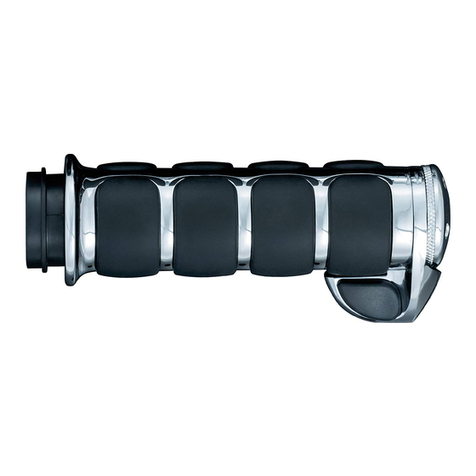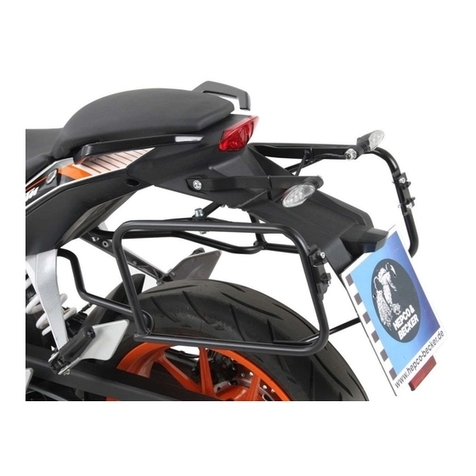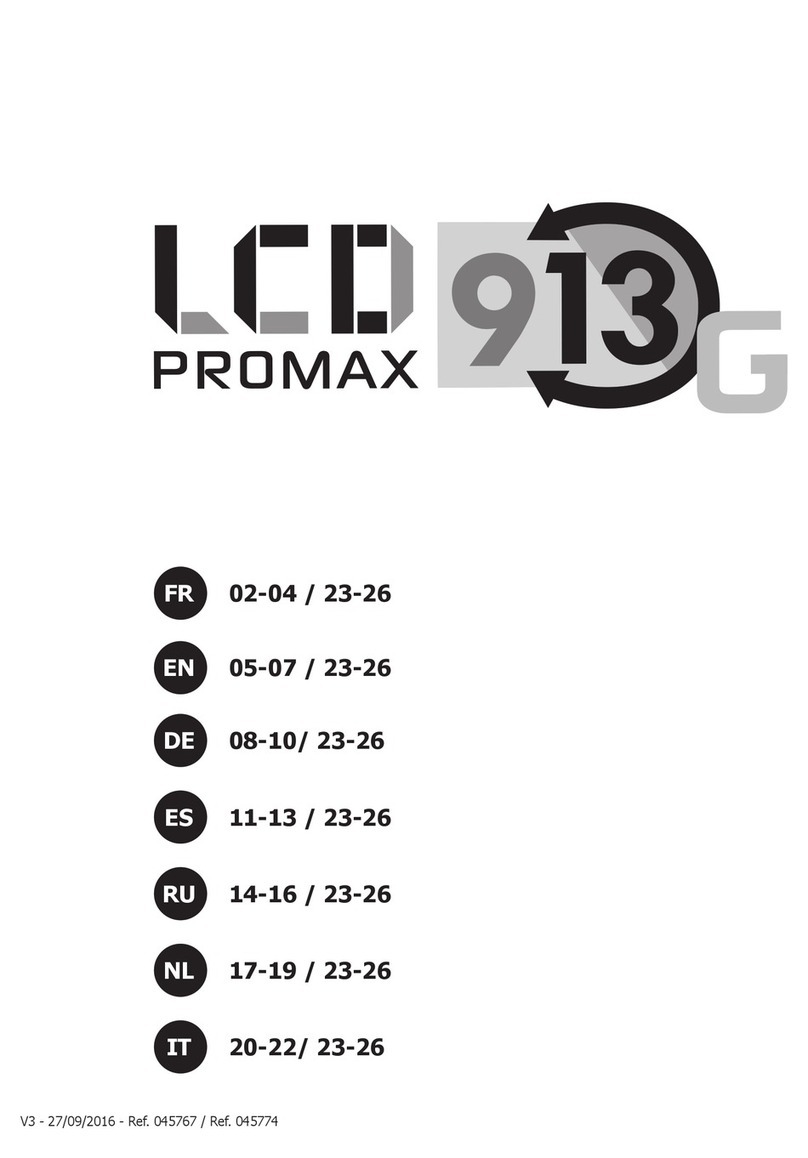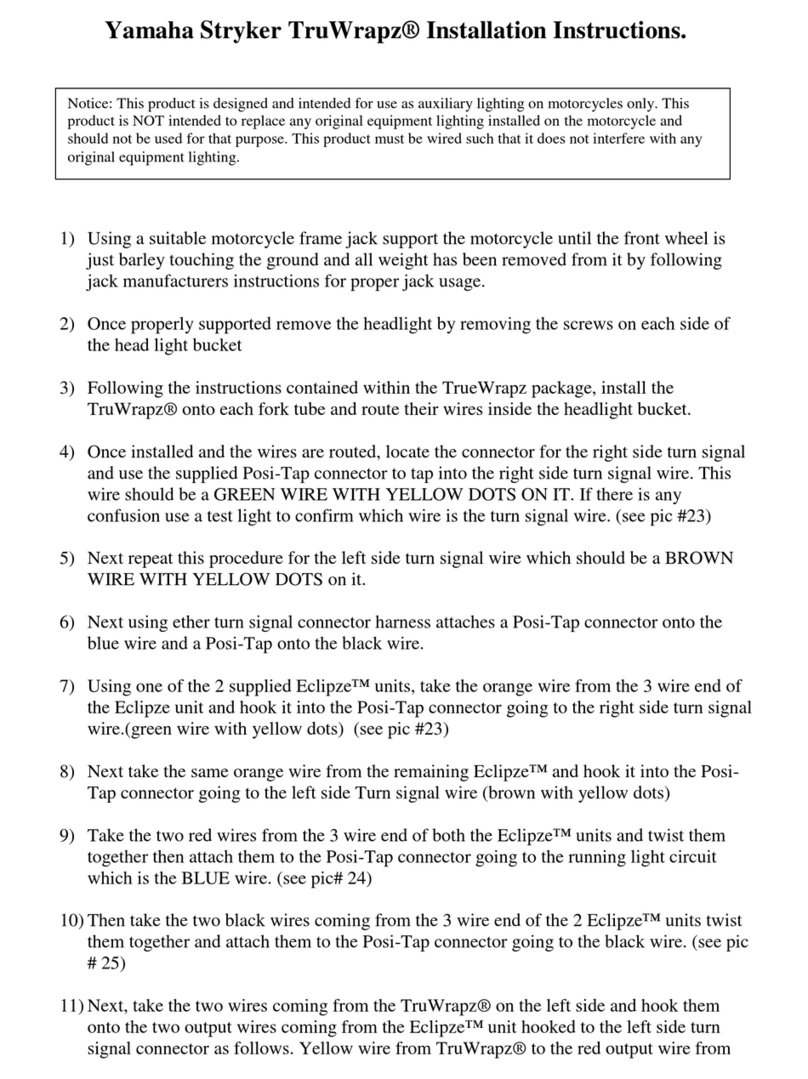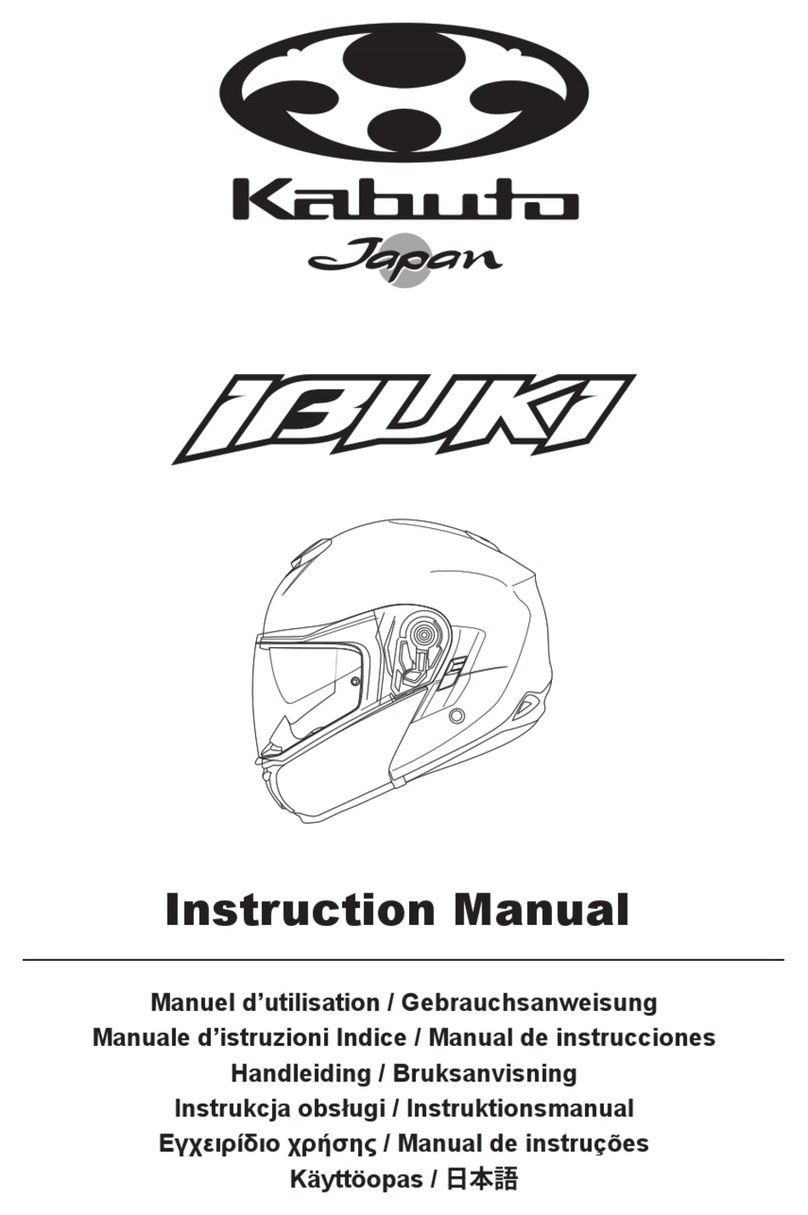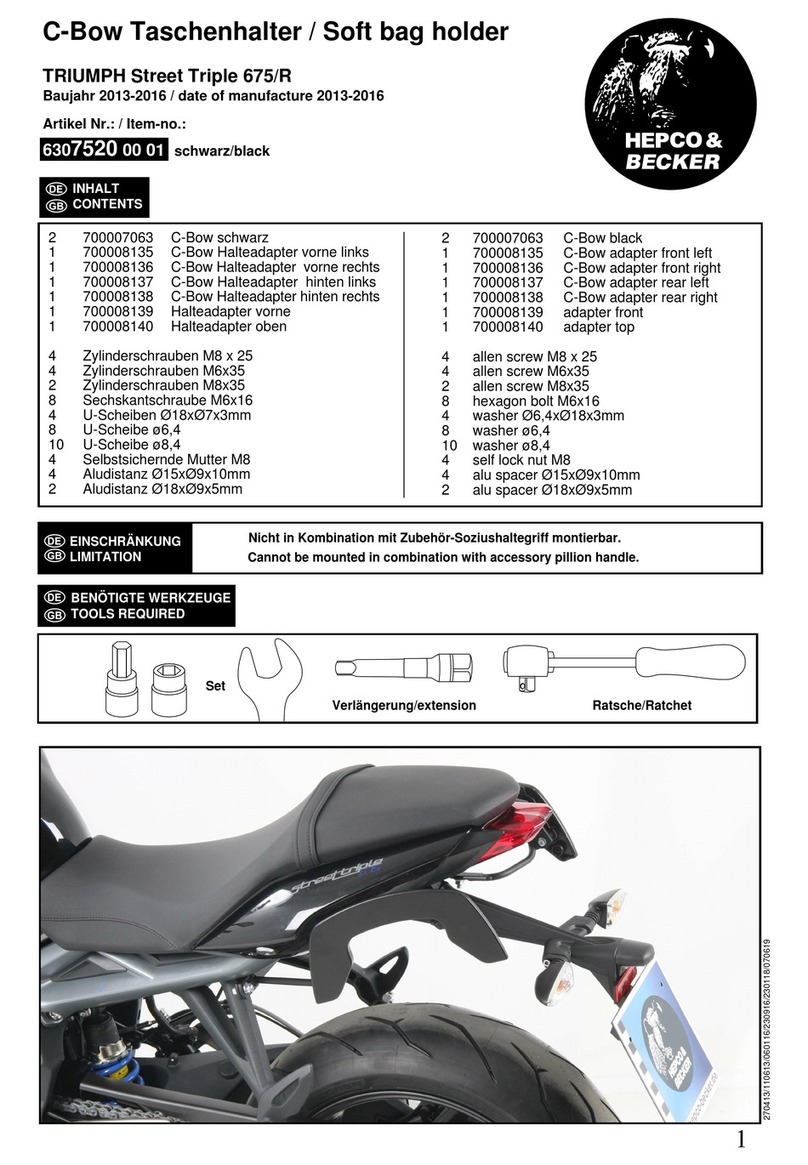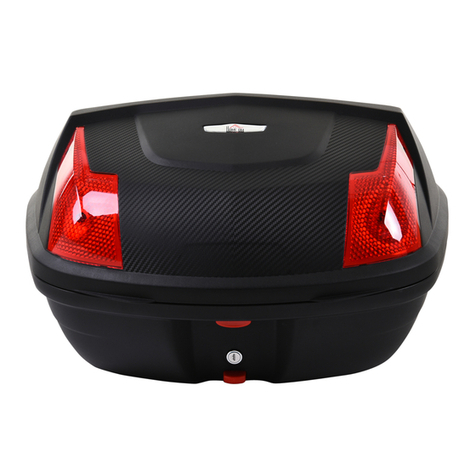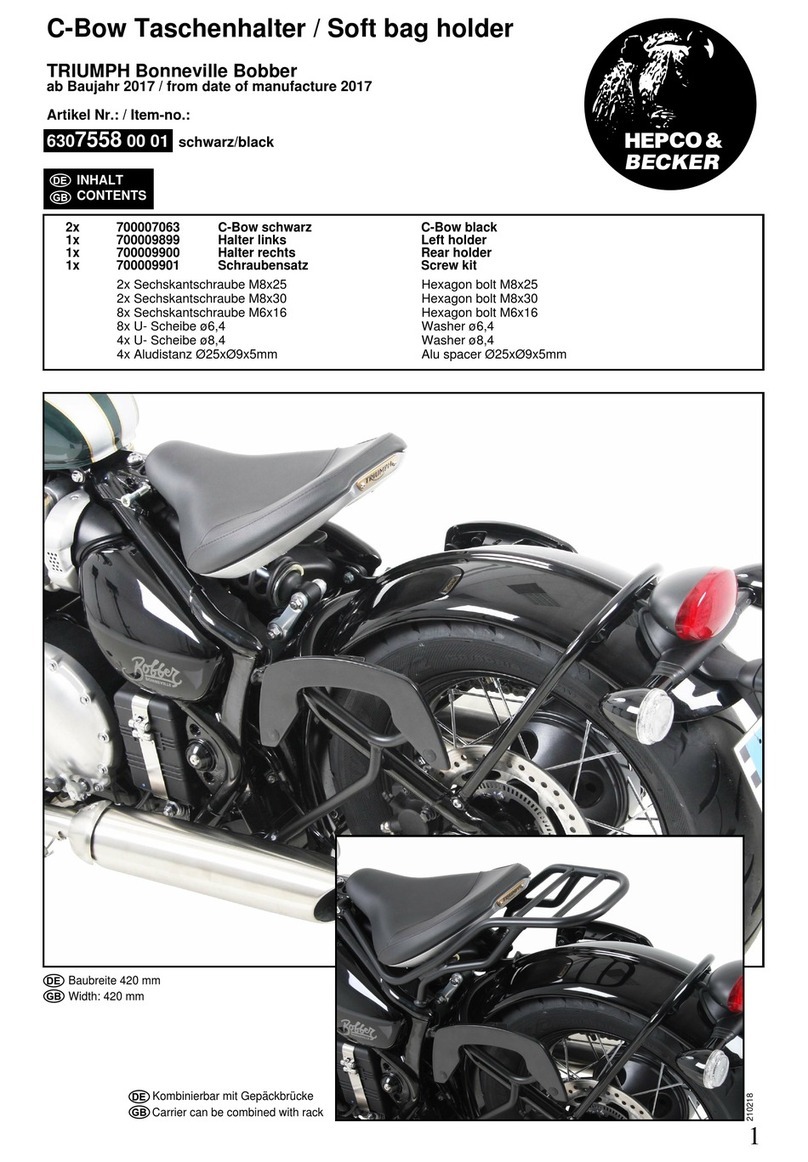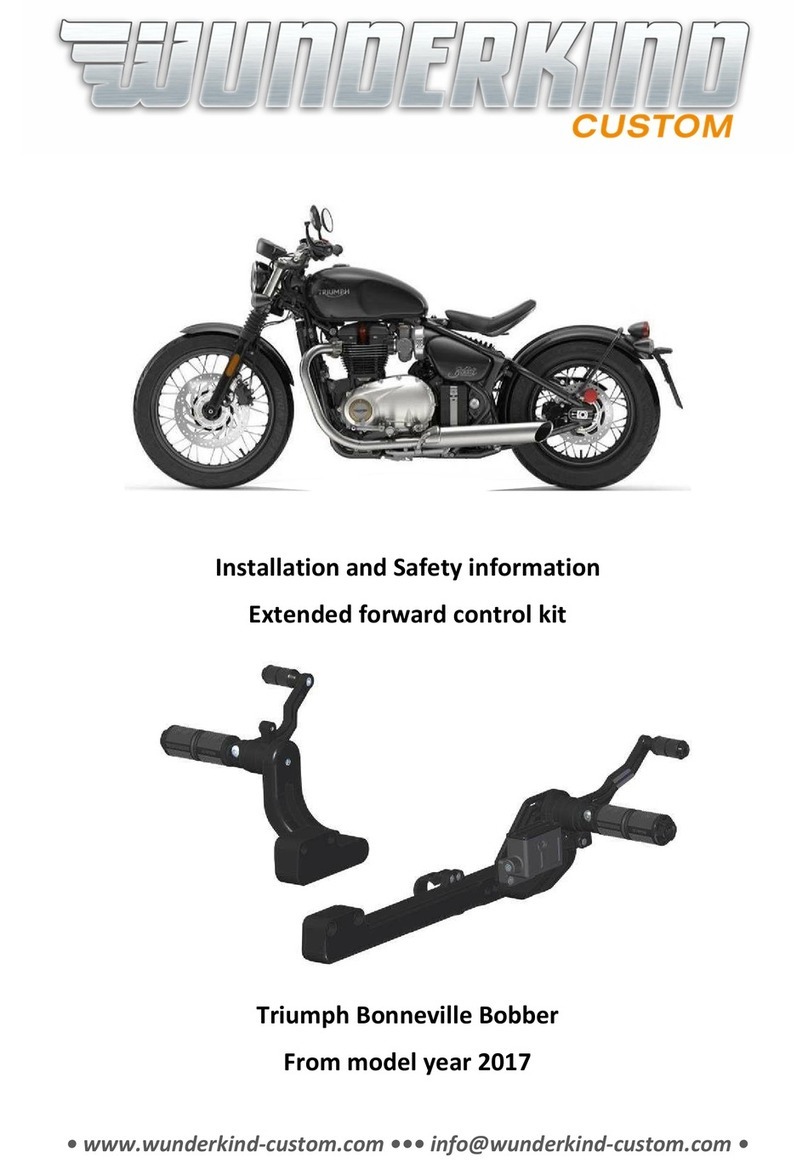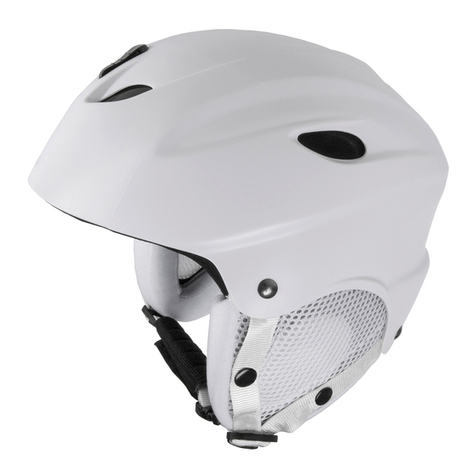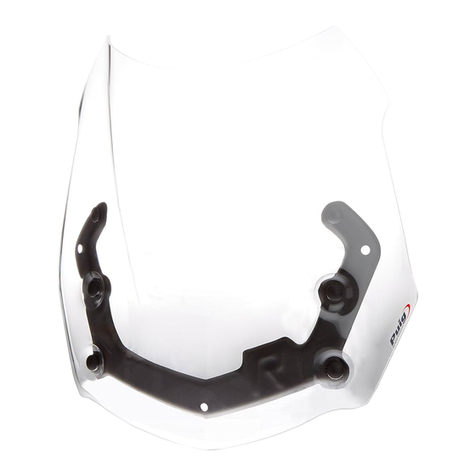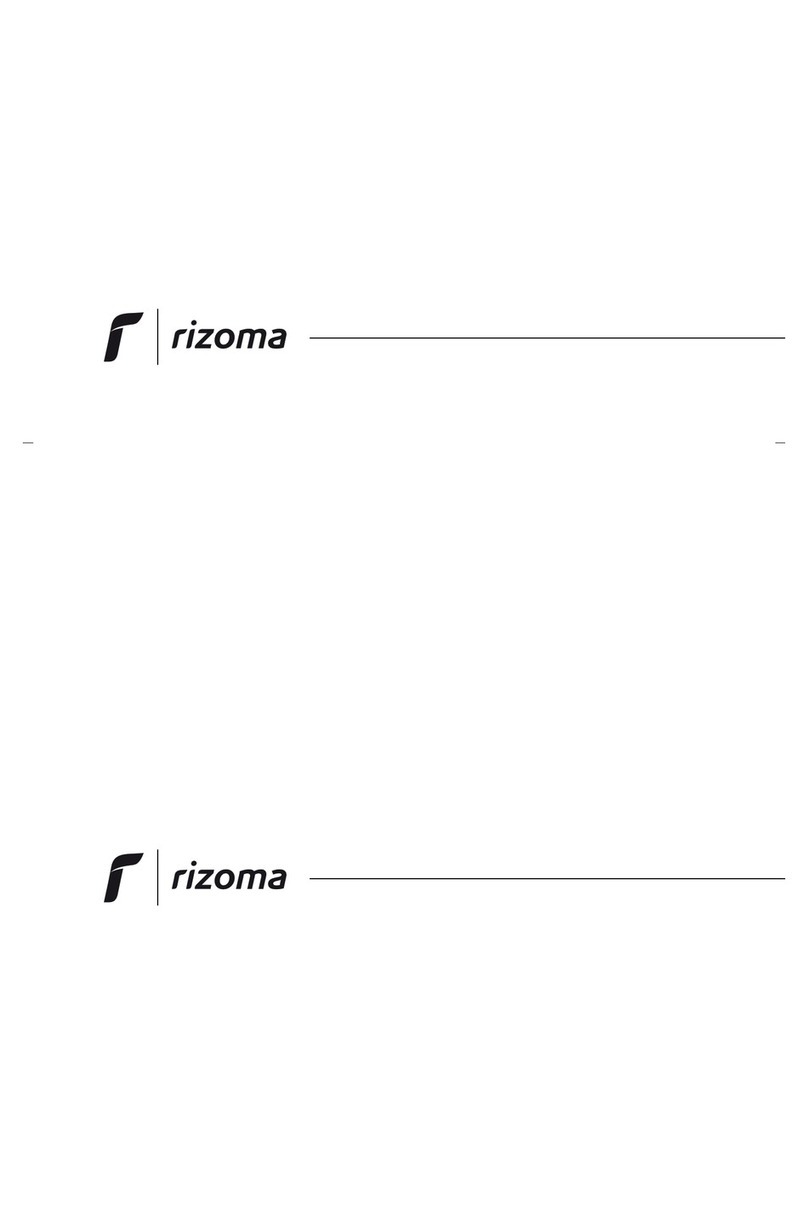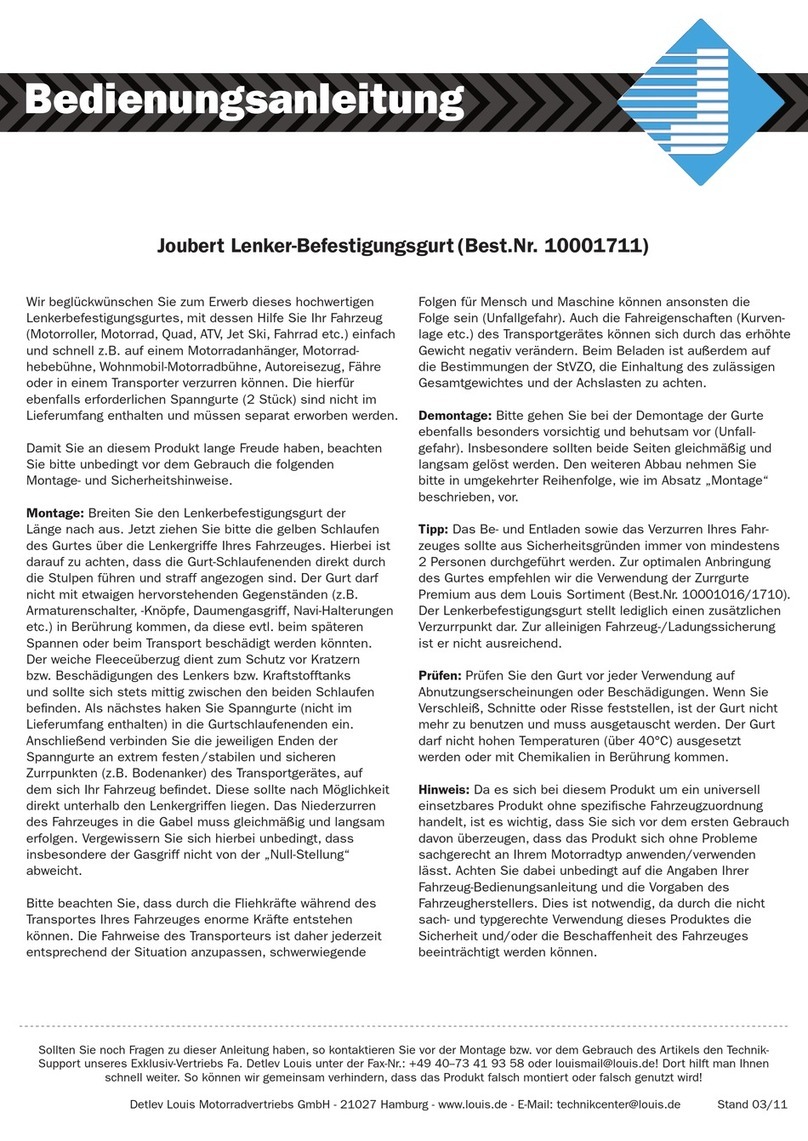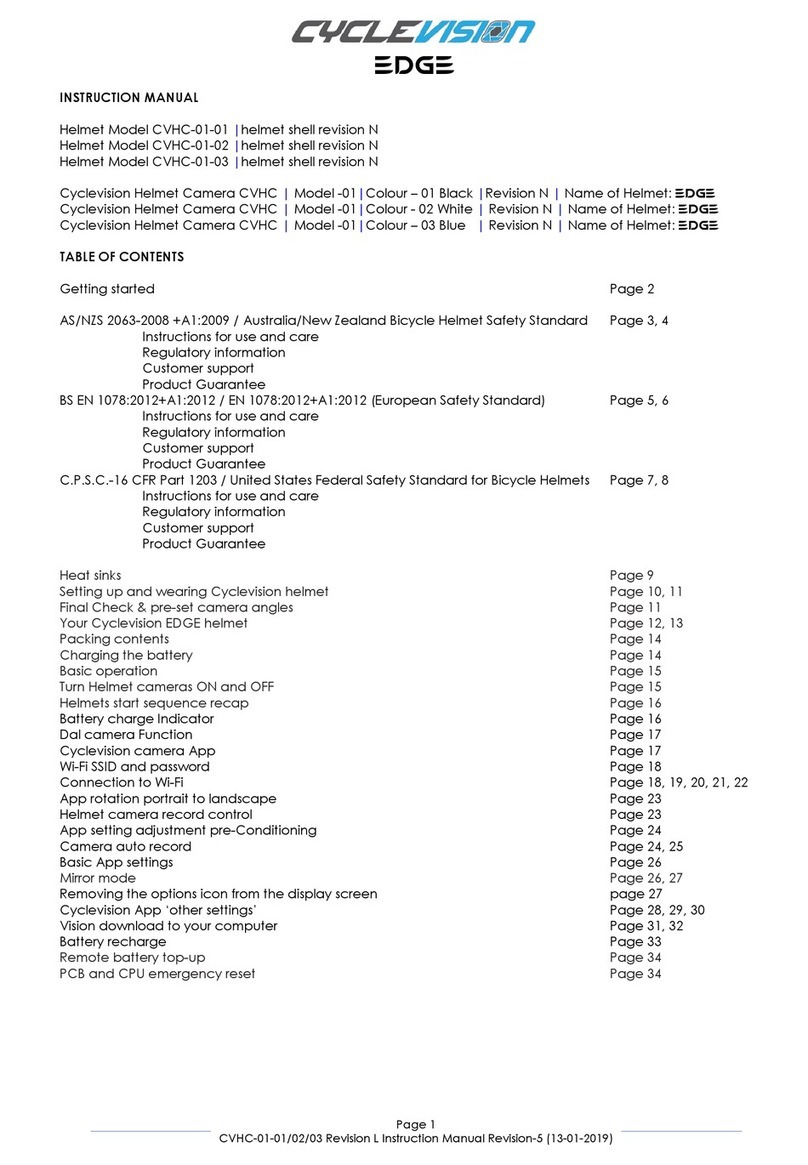
10 Dräger HPS 3500
Maintenance
5 Maintenance
5.1 Maintenance intervals
Inspect the helmet before and after each use, paying particular
attention to all the fastening points (harness and retention
system). Immediately replace any worn and/or damaged parts,
exclusively using spare parts supplied by Dräger, since only
the original spare parts are homologated and guarantee
conformity of the helmet.
Check that there are no colour changes and/or cracks on
the helmet shell and harness.
Check that there are no cuts and/or breakage at the edges
and the holes.
Check that the suspension system is intact by checking the
seams.
Check that the goggles are not scratched or damaged.
5.2 Cleaning
5.2.1 Cleaning the helmet
After each use, put the helmet in its bag or in a closed place
(e.g. locker) away from light and humidity.
Clean the helmet as follows:
Never clean the helmet in the sun.
Disassemble the helmet (see Section 5.3.1 on Page 10).
Clean all the parts inside and outside using only neutral
soap and lukewarm water.
Leave to dry at room temperature.
Do not use dryers.
Before reassembling the helmet, check that all the parts
are completely dry.
When the helmet is completely dry, reassemble it (see
Section 5.3.2 on Page 10).
5.2.2 Cleaning the goggles
Clean the goggles as follows:
Never clean the goggles in the sun.
Remove the goggles.
Use a normal detergent for glasses.
Dry with a soft smooth cloth preferably in microfiber.
5.3 Maintenance work
INFO: Never apply decals and/or identification labels less than
25 mm from the edges of the helmet shell.
5.3.1 Disassembling the helmet
To proceed with disassembly, place the helmet upside down on
an uncluttered surface in order not to lose any components.
During the disassembly procedures, position all the parts
removed in an orderly way.
1. Pull the strap (item 1, see figure 4.3.1 a) out of the
adjusters (item 2) and out of the anti-creep system.
2. Release the rear part (item 3, see figure 4.3.1 b) of the
protective mesh (item 4, see figure 4.3.1 c).
3. Release the two tabs (item 5, see figure 4.3.1 d) of the
harness (item 6).
4. Release the rear of the harness (item 6, see figure 4.3.1 e)
by pulling upwards so that the clips are released from the
helmet shell.
5. Release the front part (item 7, see figure 4.3.1 f) of the
harness and pull it upwards so that the clips are released
from the helmet shell, then remove the harness from the
helmet (see figure 4.3.1 g).
6. Release the retention system by pushing the fasteners
(item 8, see figure 4.3.1 h) downward and remove the
harness with the retention system.
7. Unfasten the clips (item 9, see figure 4.3.1 i) from the
harness (turn and remove).
8. Remove the mesh (item 4, see figure 4.3.1 k) releasing it
from the respective fastening pins.
9. Release and remove the rear comfort piece (item 10, see
figure 4.3.1 l) by unfastening the hook-and-loop strips.
10. Remove the front comfort piece by unfastening the hook-
and-loop strips (item 11, see figure 4.3.1 m+n).
5.3.2 Assembling the helmet
1. Refit the fasteners (item 1, see figure 4.3.2 a) of the
retention system from the bottom to the top.
2. Fit the clips (item 2, see figure 4.3.2 b) of the anti-shock
straps (item 3, see figure 4.3.2 c) making sure that the
strap passes between the clips and the external shell and
refasten the clips (item 4, see figure 4.3.2 d).
3. Fit the front comfort piece (item 5, see figure 4.3.2 e) on
the retention system.
4. Refit the mesh (item 6, see figure 4.3.2 f) on the harness.
5. Refit the rear comfort piece (item 7, see figure 4.3.2 g)
using the hook-and-loop strips.
6. Refit the harness complete with mesh and comfort piece on
the helmet and fasten the rear and front fasteners (see
figure 4.3.2 h+i).
7. Fit the retention system inserting the front straps (item 8,
see figure 4.3.2 k) in the adjusters (item 9) and the rear
straps (item 10) in the anti-creep system (item 11).
8. Fit the anti-stretch strap (item 12, see figure 4.3.2 l) of the
retention system using the anti-creep adjuster (item 13).
The anti-stretch strap (item 12) stays positioned underneath
the protective mesh (item 14).
6 Transport
The helmet can be transported in the original packaging or the
optional helmet bag.
CAUTION
Never use abrasive or strong alkaline detergents,
solvents or organic liquids such as petrol or alcohol!
Otherwise the break strength and thus, the protective
function of the helmet will be decreased.
CAUTION
Never use abrasive or strong alkaline detergents,
solvents or organic liquids such as petrol or alcohol!
Otherwise the break strength and thus, the protective
function of the helmet, will be decreased.










